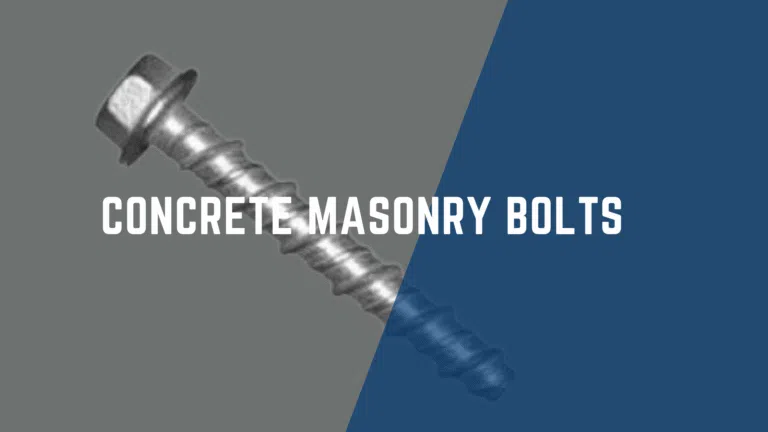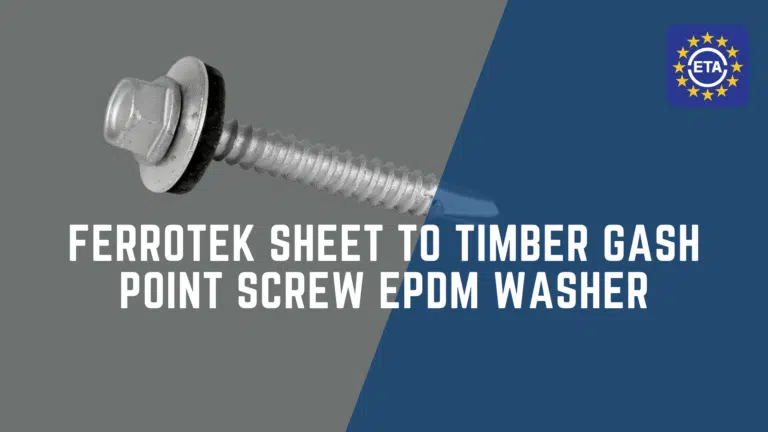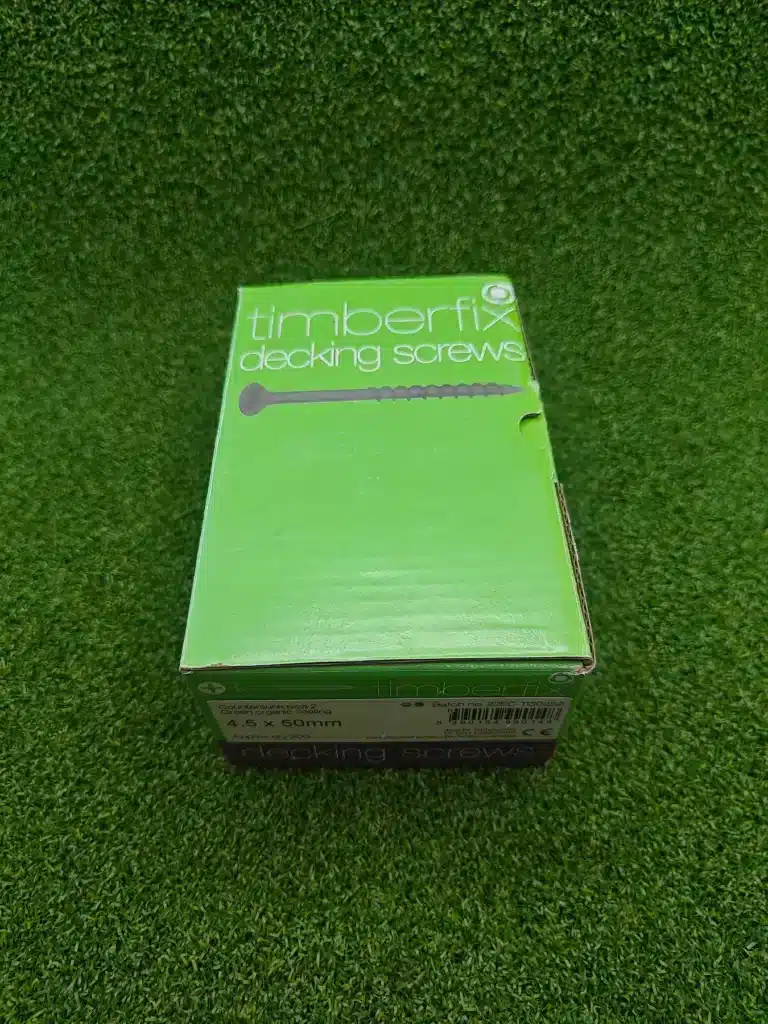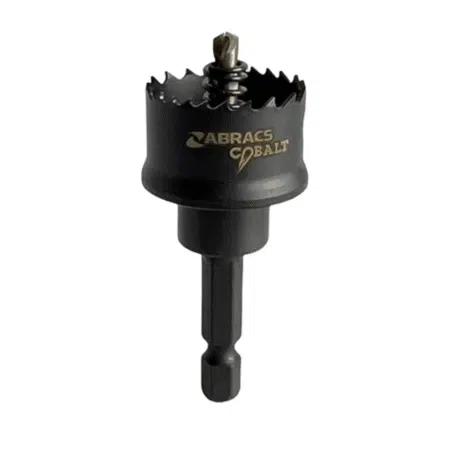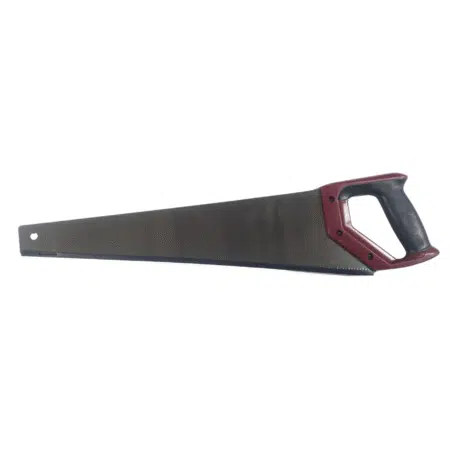Most professionals understand the importance of utilising the right fastening solution for heavy steel sections. In this guide, you will learn the crucial steps for effectively using Ferrotek’s steel to steel heavy section self-drilling screws. These screws not only offer exceptional strength but also make your installation process more efficient. By following these steps, you will ensure a safe and secure fit, reducing the risk of failures and enhancing the performance of your projects.
Utilising Ferrotek Steel to Steel Heavy Section Self Drilling Screws ensures an optimal fastening solution for various heavy-duty projects. The features of these screws contribute significantly to their efficiency and reliability.
Key Takeaways:
- Ferrotek Steel to Steel Heavy Section Self Drilling Screws are designed for efficient fastening in heavy-duty applications, providing a strong and secure hold.
- Ferrotek Steel to Steel Heavy Section Self Drilling Screws are an essential choice for professionals seeking dependable fastening solutions.
- The self-drilling feature allows for quick installation without the need for pre-drilling, saving time and labour costs.
- These screws are specifically engineered for steel-to-steel connections, ensuring optimal performance and durability in demanding environments.
 The Unique Composition of Ferrotek Screws
The Unique Composition of Ferrotek Screws
Ferrotek screws are engineered with a distinctive blend of high-strength materials, providing unmatched durability and performance. The combination of advanced steel alloys and specialised coatings enhances their load-bearing capabilities, making them ideal for heavy structural applications. This unique composition not only facilitates self-drilling efficiency but also ensures that the screws maintain their integrity under extreme conditions, thereby reducing the risk of failure in critical installations.
The unique properties of Ferrotek Steel to Steel Heavy Section Self Drilling Screws make them suitable for a variety of challenging applications.
Material Engineering Insights
Your understanding of Ferrotek screws is enhanced by recognising the *metallurgical advancements* that underpin their design. The carefully selected steel alloys undergo rigorous engineering processes, resulting in a superior tensile strength that exceeds standard screws. This means you can trust these fasteners to hold firm, even in the most demanding situations.
Corrosion Resistance Features
Ferrotek screws boast exceptional *corrosion resistance*, crucial for their longevity in various environments. Coated with advanced protective layers, they are designed to withstand moisture, chemicals, and other corrosive agents. This makes them particularly suitable for outdoor applications, structural use in harsh climates, and in industries where exposure to contaminants is inevitable.
Choosing Ferrotek Steel to Steel Heavy Section Self Drilling Screws can help mitigate issues associated with traditional fastening methods.
The corrosion resistance of Ferrotek screws is a result of multiple protective strategies. The screws feature a *zinc plating process* that provides a barrier against rust, while a specially formulated polymer coating offers additional protection against environmental elements. Tests have demonstrated that these screws can withstand salt spray exposure for over 1000 hours without significant degradation. This means that by choosing Ferrotek, you are investing in fasteners that not only perform well but also provide peace of mind against *environmentally induced failures* over their service life.
Essential Tools for Efficient Installation
Having the right tools makes a significant difference in ensuring an efficient installation of Ferrotek Steel to Steel Heavy Section Self Drilling Screws. Your toolkit should include a powerful drill, quality screw bit, and measuring instruments to ensure precision. Additionally, incorporating a torque wrench can help you achieve the necessary tightness without damaging the screw or the material being fastened.
Proper installation of Ferrotek Steel to Steel Heavy Section Self Drilling Screws will enhance the overall safety and reliability of your structures.
Recommended Equipment
Utilising high-performance equipment is pivotal for optimising your installation process. A high-torque electric or cordless drill is highly recommended for its ability to handle tough materials while providing a consistent speed. Pay attention to the type and size of the screw bit, as using one designed specifically for Ferrotek screws will greatly enhance your efficiency. Having a measuring tape and square on hand will further assist in achieving accurate placements.
Safety Measures During Installation
Safety should be a top priority during the installation process. Wearing appropriate personal protective equipment (PPE) such as safety goggles, gloves, and steel-toe boots will safeguard you from potential hazards. Ensure your working area is clear and well-lit to prevent accidents, and keep bystanders at a safe distance to avoid distractions.
Utilising the correct PPE, such as safety goggles, helps protect your eyes from flying debris while gloves provide a solid grip and protect your hands from sharp edges. Ensure that your workspace is well-ventilated if you’re working with metal fragments, as inhaling fine particles can pose health risks. Secure loose clothing and long hair to prevent entanglement in the tools or materials. By adopting these simple yet effective safety measures, you’ll minimise the risk of accidents, creating a safer working environment while installing your Ferrotek screws.
Step-by-Step Installation Procedure
| Step | Action |
| 1 | Preparation of the Work Surface |
| 2 | Drilling and Securing the Screws |
Preparation of the Work Surface
Before installing Ferrotek screws, ensure that your work surface is clean and free from any contaminants. Remove dust, dirt, or rust, as these can interfere with the screw’s grip and overall performance. Additionally, check for any existing holes or imperfections that could affect alignment. A well-prepared surface enhances the durability and integrity of the installation, ultimately leading to a more reliable outcome.
 Drilling and Securing the Screws
Drilling and Securing the Screws
Align the screw with the pre-marked position, then use a drill to create a pilot hole if necessary. Depending on the thickness of the material, you might not need a pilot hole, as Ferrotek screws are designed for self-drilling capabilities. Insert the screw securely and apply consistent pressure while drilling to achieve a strong hold, ensuring that the screw penetrates deeply into the substrate.
Using Ferrotek Steel to Steel Heavy Section Self Drilling Screws can significantly improve the efficiency of your fastening tasks.
During the process of drilling and securing the screws, maintain a steady hand to prevent stripping the material or damaging the screw. Ferrotek screws can typically penetrate up to 10mm of thickness without needing pre-drilling, making installation fast and efficient. As you drive the screw, monitor the torque level; excessive force can lead to failure while too little may not secure it adequately. Using the right drill bit and ensuring minimal vibration will further enhance your installation quality.
Troubleshooting Common Installation Challenges
Installation challenges can arise during the use of Ferrotek Steel to Steel Heavy Section Self Drilling Screws, but identifying and addressing these issues effectively can ensure a smooth installation process.
Identifying and addressing challenges when using Ferrotek Steel to Steel Heavy Section Self Drilling Screws will facilitate a smoother installation.
Identifying Issues During Installation
You might encounter difficulties such as misalignment, stripping, or inadequate penetration while installing the screws. These issues often stem from incorrect drill settings, poor surface preparation, or using incompatible materials, which may hinder proper engagement and fixation of the screw.
Effective Solutions to Overcome Barriers
To tackle these issues, evaluate your drill settings to ensure they match the requirements of the screw and material. Ensure the work surface is thoroughly cleaned and levelled to remove any debris or inconsistencies. Additionally, using the correct type of drill bit can significantly enhance penetration and minimise strip-out risks.
Adjusting your drill’s speed and torque settings is vital if you’re experiencing stripping. A slower speed with higher torque often yields better results with heavy section screws. Should misalignment occur, re-check your placement and apply consistent pressure during drilling. Furthermore, keeping additional screws on hand to practice or correct any mistakes can also streamline the installation process and enhance confidence.
Maintenance Practices for Longevity
Maintenance practices for Ferrotek Steel to Steel Heavy Section Self Drilling Screws include regular inspections to ensure optimal performance.
To ensure your Ferrotek steel to steel heavy section self-drilling screws achieve maximum lifespan, consistent maintenance practices are important. Regular cleaning to remove dirt and debris, combined with prompt attention to any signs of wear or corrosion, will prevent long-term damage. Implementing a schedule for inspections and making necessary repairs can save significant costs by avoiding premature replacements, extending both the performance and reliability of your fixtures.
Regular Inspection Guidelines
Conducting routine inspections involves checking for signs of rust, thread damage, or loosening over time. A visual examination should focus on evaluating the condition of the screws and ensuring they are seated correctly. If you notice any deterioration, document the findings and prioritise repairs to maintain the structural integrity of your assembly.
Repair Techniques for Damaged Screws
When screws become damaged, various repair methods can be employed, depending on the extent of the issue. If a thread is stripped, consider using a thread repair kit, which allows you to restore the screw’s functionality. In cases of minor surface corrosion, a suitable rust inhibitor can be applied to prolong the screw’s life.
For any damages, consider repair techniques that focus on preserving the integrity of Ferrotek Steel to Steel Heavy Section Self Drilling Screws.
For more severe damage, such as significant bending or breakages, replacement may be necessary. However, if you detect stripped threads, employing a heli-coil insert can effectively salvage the screw and surrounding material. Reinforcing the joint with a suitable adhesive can also enhance overall stability. Each repair technique should be chosen based on the severity of the damage, ensuring your maintenance efforts effectively prolong the screw’s usability.
Summing up
To wrap up, you should now have a clear understanding of the steps involved in using Ferrotek Steel to Steel Heavy Section Self Drilling Screws. By following the outlined procedure, you can ensure effective installation and achieve optimal results in your projects. This knowledge will enable you to enhance your application while maximising the durability and performance of the screws. Stay confident in utilising these fasteners, as they are designed to meet the demands of heavy-duty applications.
In conclusion, understanding the application of Ferrotek Steel to Steel Heavy Section Self Drilling Screws is crucial for effective installations.
FAQ
Q: What materials are suitable for the Ferrotek Steel to Steel Heavy Section Self Drilling Screw?
A: The Ferrotek Steel to Steel Heavy Section Self Drilling Screw is designed for use with heavy gauge steel and other similar materials. It is ideal for applications in metal construction, such as cladding and roofing, where a secure and robust fastening solution is required. The screws are specifically suited for thicknesses typically found in steel sections and plates.
Ferrotek Steel to Steel Heavy Section Self Drilling Screws ensure maximum efficiency when used in appropriate materials.
Q: How do I determine the correct size of the screw for my project?
A: Selecting the correct size of the screw depends on the thickness of the materials you are joining. It is recommended to choose a screw length that is approximately 1.5 times the thickness of the lower material to ensure sufficient grip. Consulting the manufacturer’s guidelines and specifications can also provide additional insight into the appropriate sizes for specific applications.
Q: Can the Ferrotek screws be used in outdoor applications?
A: Yes, Ferrotek Steel to Steel Heavy Section Self Drilling Screws are suitable for outdoor use, provided they are adequately coated or treated for corrosion resistance. It is advisable to ensure that the screws are made of materials or finishes that can withstand environmental factors such as moisture and UV exposure, thus prolonging their durability and integrity.
When considering outdoor applications, Ferrotek Steel to Steel Heavy Section Self Drilling Screws must be selected based on their corrosion-resistant properties.
Q: What tools are required for installing these self drilling screws?
A: To install Ferrotek Steel to Steel Heavy Section Self Drilling Screws, you will need a power drill and a compatible drill bit. A magnetic bit holder can facilitate ease of use. It is important to use a drill with enough torque and the right setting to drive the screws efficiently into the metal without stripping the heads.
Tools for the installation of Ferrotek Steel to Steel Heavy Section Self Drilling Screws are tailored to ensure efficiency.
Q: Is it necessary to pre-drill holes when using self drilling screws?
A: No, pre-drilling holes is not necessary when using Ferrotek Self Drilling Screws, as they are specifically designed to drill their own holes as they are driven in. This feature simplifies the installation process, making it quicker and more efficient, especially in applications where time is of the essence.
Utilising Ferrotek Steel to Steel Heavy Section Self Drilling Screws results in notable time savings during installation.

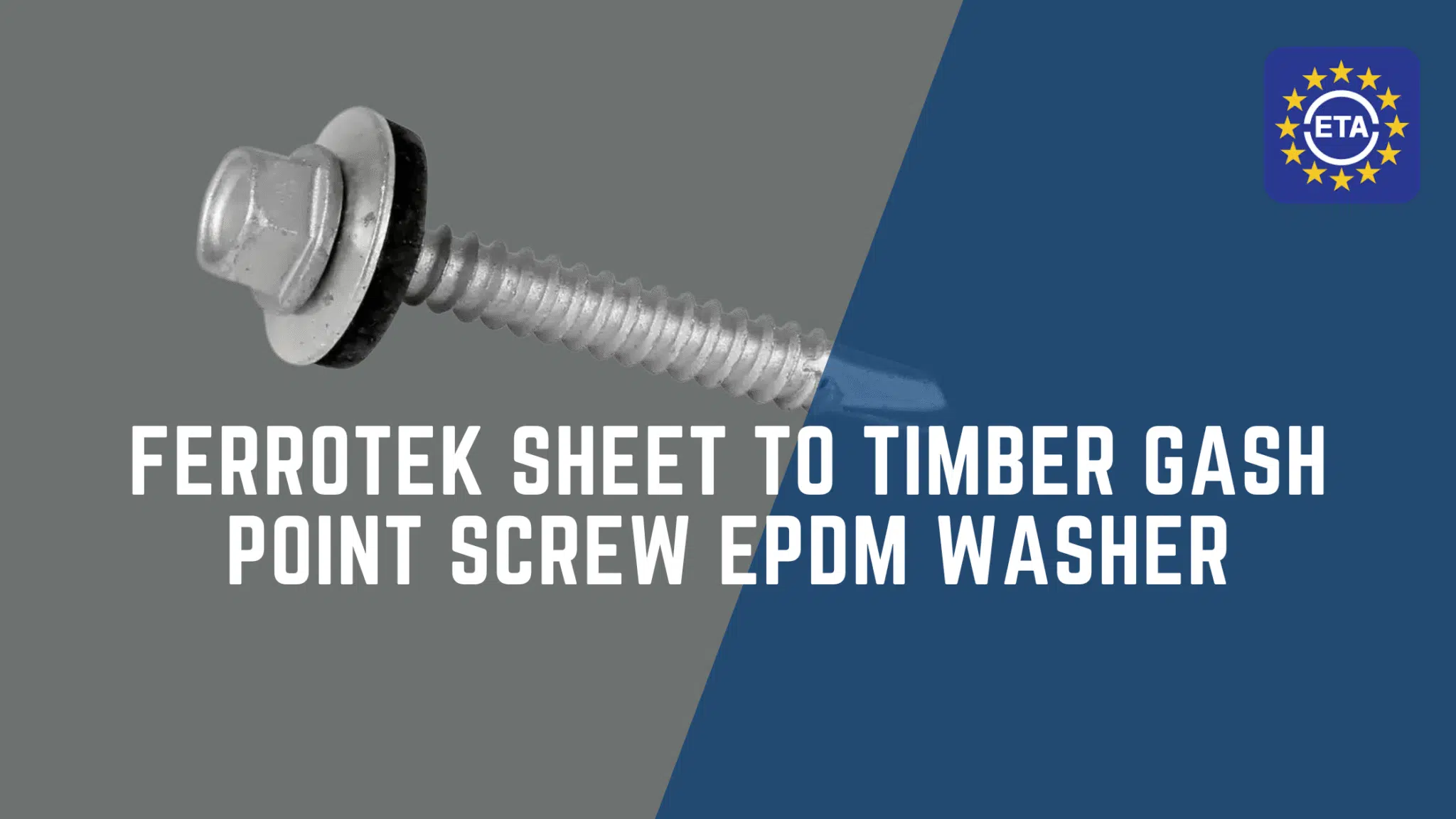
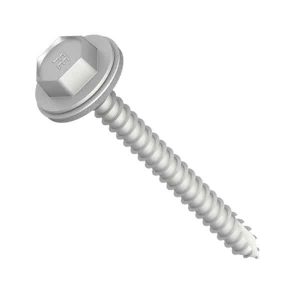 The Unique Composition of Ferrotek Screws
The Unique Composition of Ferrotek Screws Drilling and Securing the Screws
Drilling and Securing the Screws